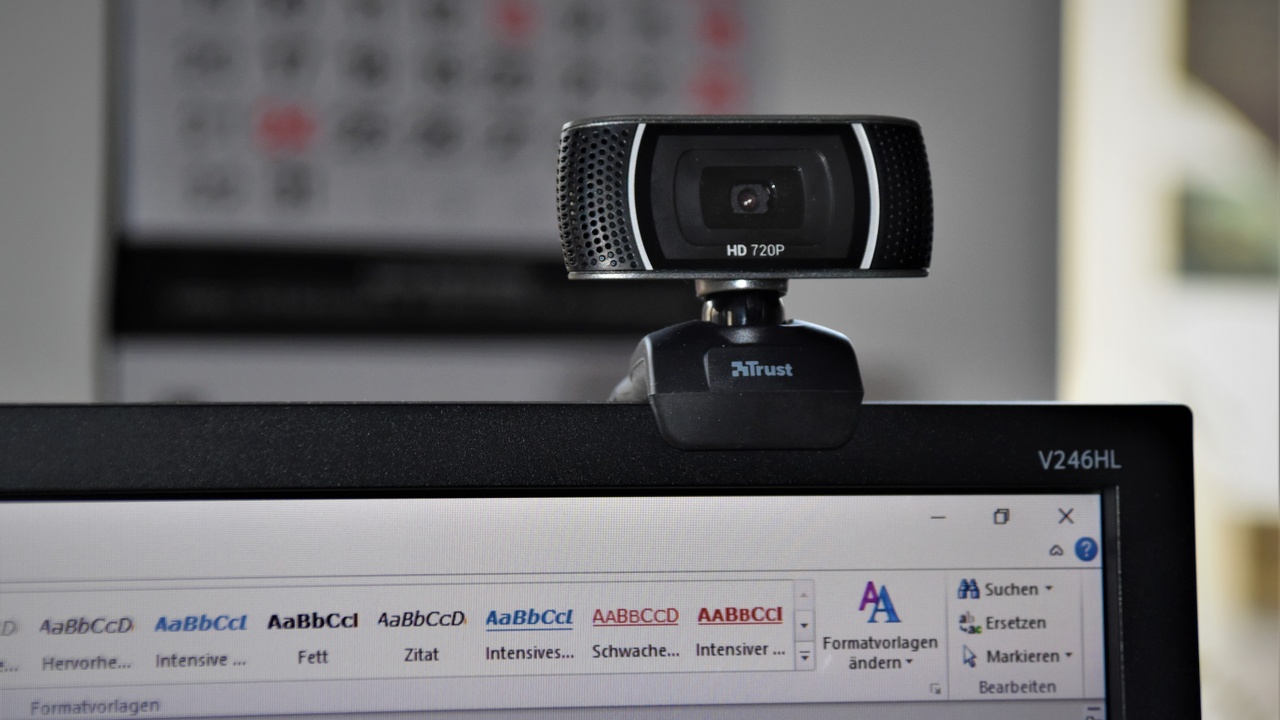How to Really Be Yourself at Work

The privilege of a lifetime is being who you are.
Joseph Campbell
By John Millen
The greatest joy I have in my coaching and training is helping people to open up and share more of themselves with the people in their lives, their teams, their friends and their families.
In the most extreme examples, people will have a personal catharsis suddenly realizing that they can be who they really are without negative consequences. In fact, they learn that people like them even more than before.
If the pandemic has taught us anything, it's that we all need to be real about work and life.
This is good because sharing ourselves has positive effects on so many levels: by revealing our authentic selves we feel more internally aligned and genuine in how we communicate.
Likewise, those around us sense that they are glimpsing the real person. This builds trust, the most important element in any relationship.
Sharing has great benefits for teams as well, as noted on BBC Worklife: "Feeling comfortable and empowered lets you take more risks, speak out more and solve problems better, research says - but your boss needs to set the tone for a safe space for all."
Feeling Like a Fraud
It's a sad fact that too many people in today's workplace find themselves holding a pose, often feeling like a fraud. We hide behind a mask, afraid of being rejected if we show our true selves. It's commonly known as "imposter syndrome."
They think, what if they realize I'm a fraud? Someone might find out I'm not supposed to be here and they'll let me go.
This might seem like an exaggeration, but it's not. Negative self-talk is real and the stories we tell ourselves have a real and lasting impact on who we are and how we present ourselves to others.
I would ask you to consider beginning the process of revealing more of yourself to others. Your communication is an ideal place to start. When you speak with your true voice you feel more comfortable and so do the people who hear you.
Here are six tips to help with your journey to sharing your authentic self:
1. Connect with your truth
At your core is someone of value, who has so much to share with others. By hiding yourself, you deprive people of knowing and learning from the real you. Finding who you are is a personal process. If experiences in your early life hold you back you might wish to find a counselor or trusted advisor to help with your exploration.
2. Realize people want to know you
Today, more than anything else people in the workplace want you to be real. The era of top-down command, corporate speak and stoic leadership is long gone. People want you to share yourself, your experiences and your view of the world.
And the thing is, if you're not being yourself, people already know that. We are like dogs, who can smell fear. Our subconscious minds can spot a phony without fail. So, you really have nothing to lose.
3. Understand how others view you
One step in expressing your true self can be understanding how you are viewed by others. I have a simple exercise I often use in my coaching that asks you to list the three adjectives you think others would use to describe you and test your assessment with others.
4. Start to tell your story
When I'm training a group I often have them bring stories from their lives to share. The stories may be personal or business-related. My only request is that they evoke an emotional memory.
Inevitably, after hearing compelling stories, people who barely know one another will find a new depth of understanding and connectedness.
5. Use stories to humanize yourself
As one emerging leader said at the end of a daylong workshop, "this morning I felt like I was with a group of strangers, now I feel like I'm with family and friends." This was after hearing his colleagues tell three-minute-long stories. They were stories of sadness, joy, love and humor. They were human.
Some companies have forums where senior leaders will come and share an intimate view of their careers and their lives, the successes as well as the failures. When you share your story as a leader, people begin to see you through a different lens. Your story differentiates you.
6. Create a Story Bank
I recommend you use a notebook or your phone to record stories as they come to you. Look for stories that have an emotional component, as I mentioned above, and those that include failure or success. They can be stories about your family, your childhood, or your career path for instance.
As you record the stories, don't edit them, just let them flow. You'll find that your stories will work with certain themes such as perseverance, hard work, people focus and so forth.
You'll end up telling these stories in conversations, meetings, and presentations.
Sharing your story will give people an engaging and revealing look at who you are. Be patient as you start to open up. Look at the reaction you get from others.
You'll find small victories will set the stage for long-term growth. As you share your real self, people will like what they see and share more of themselves.
That's how we create real, trusted relationships.








